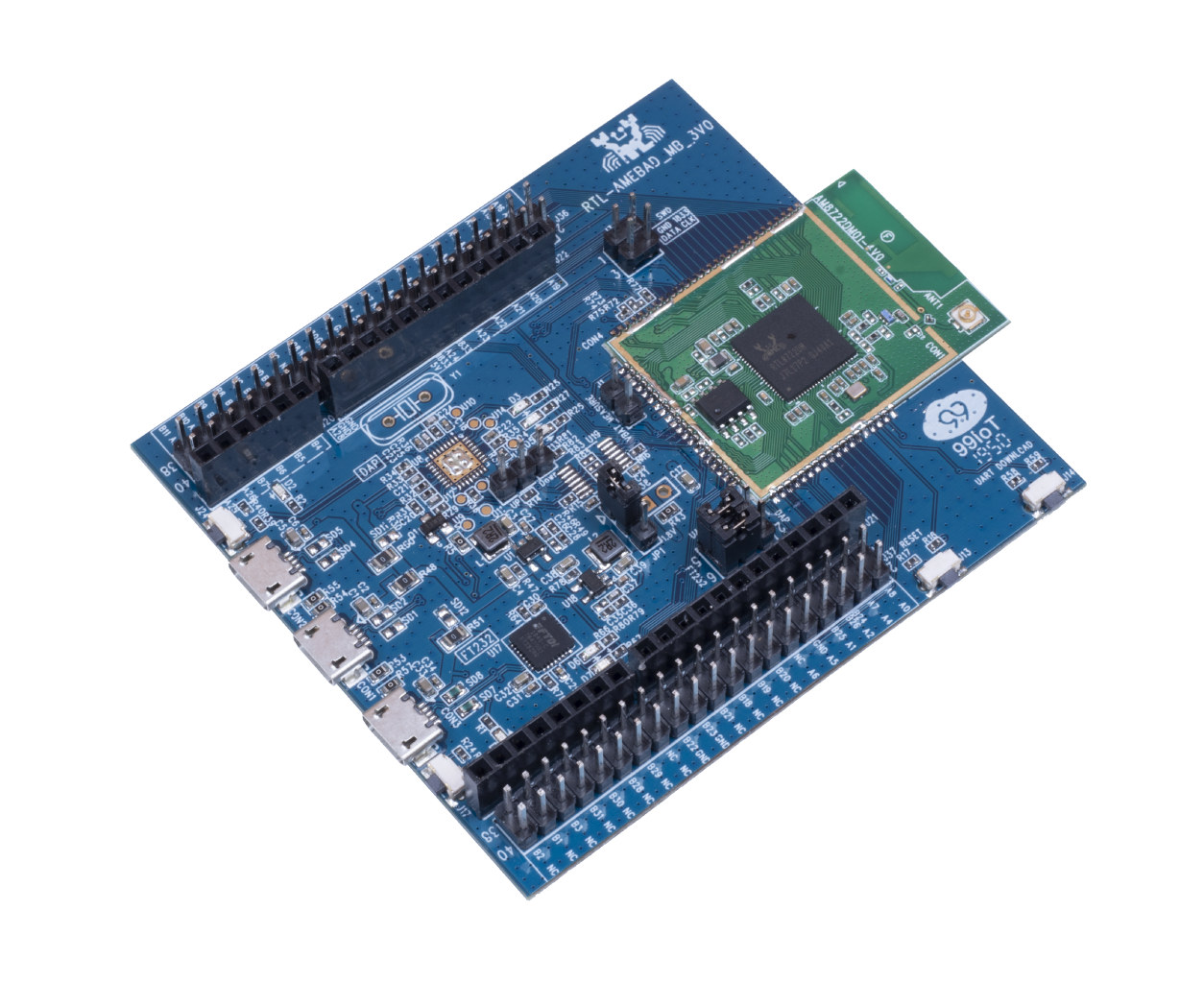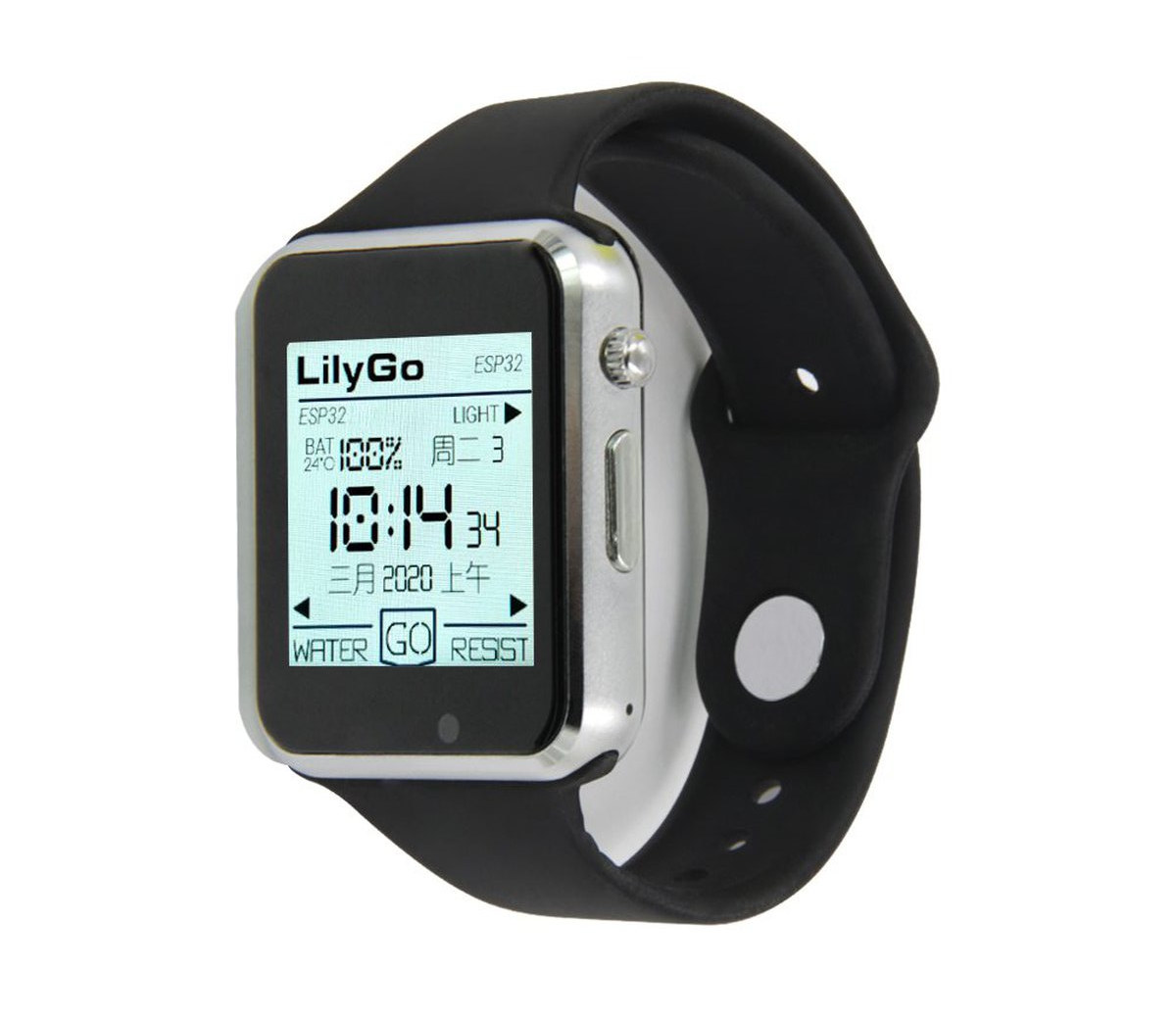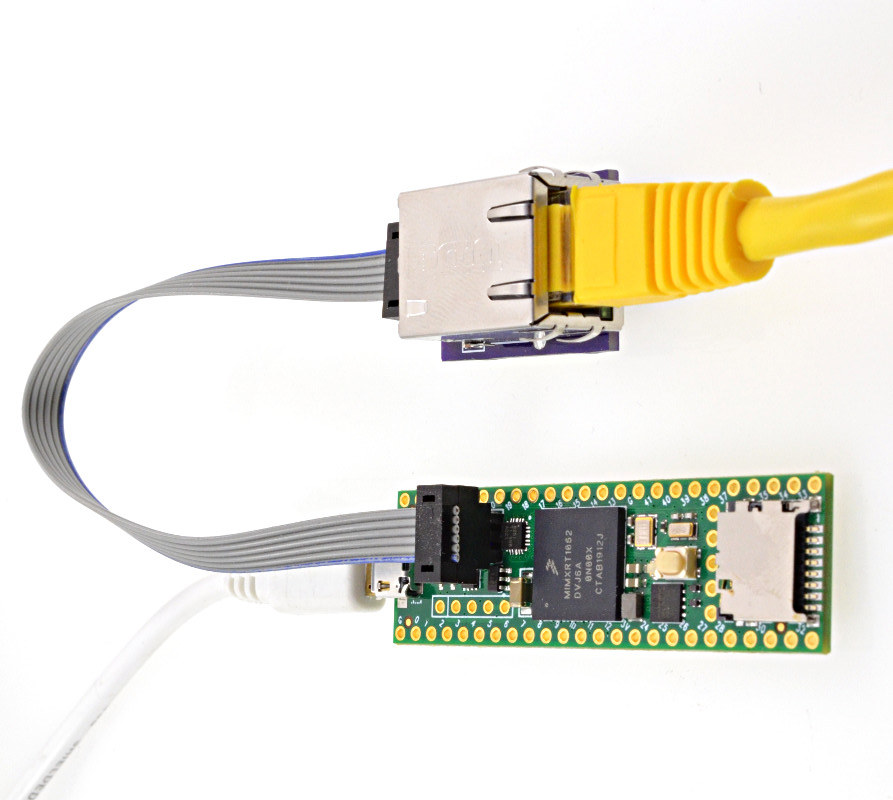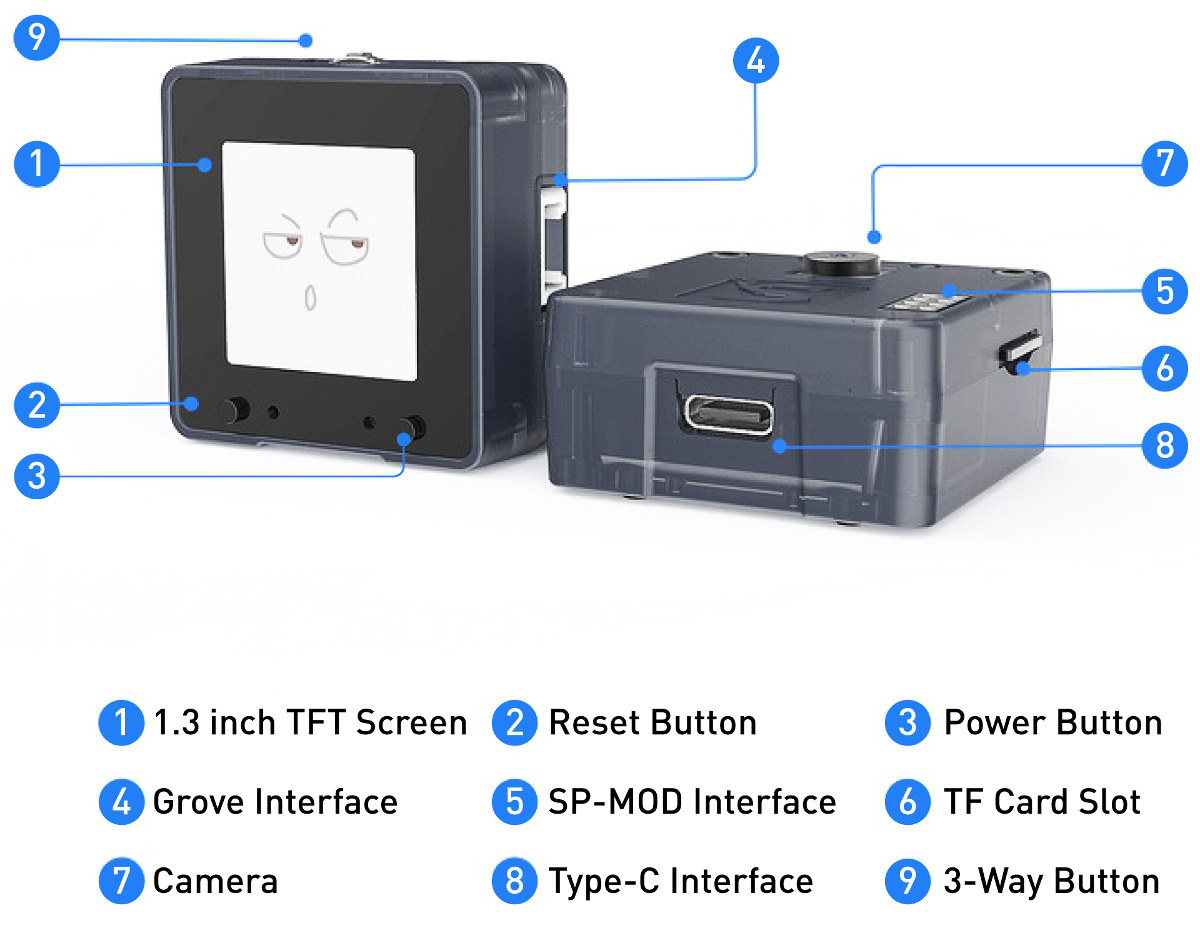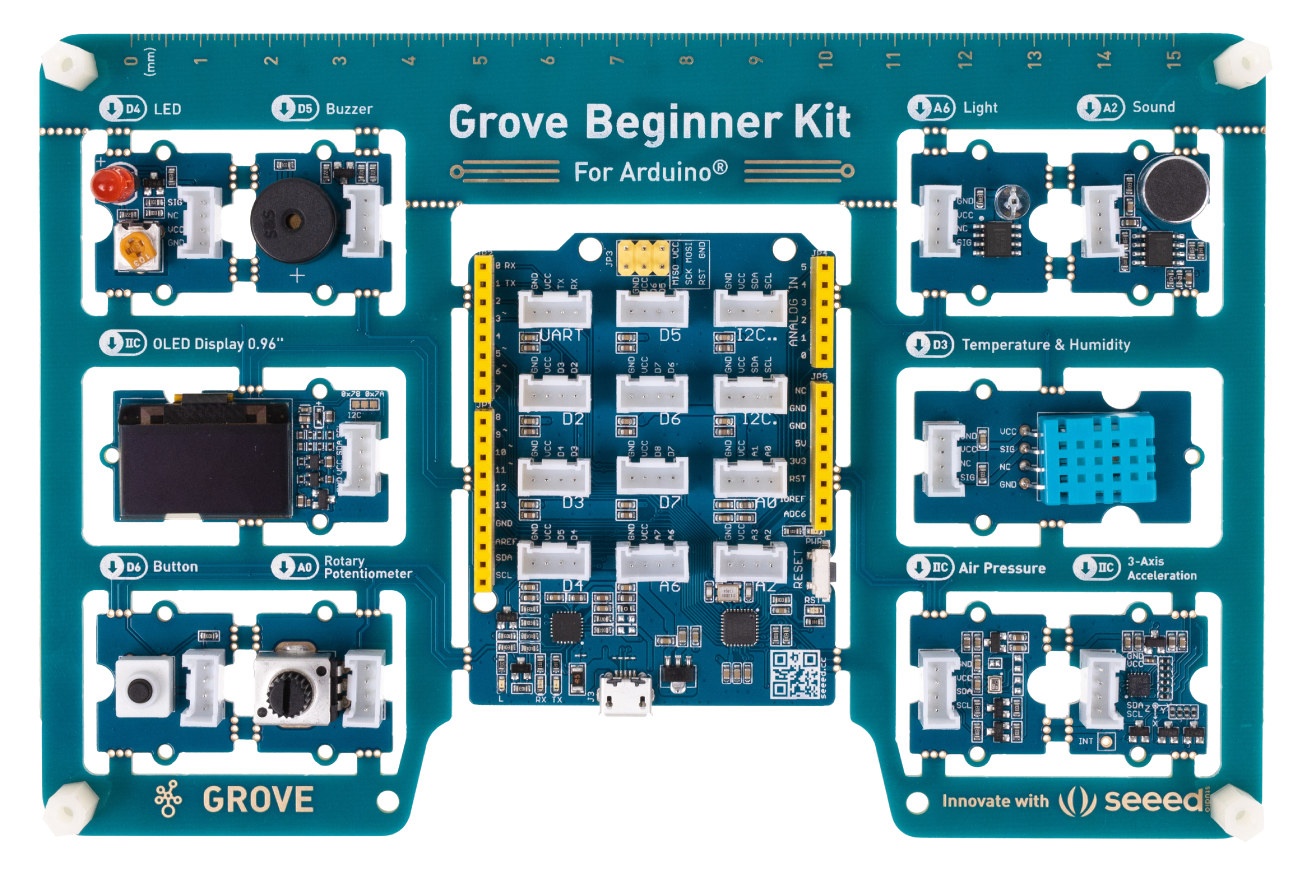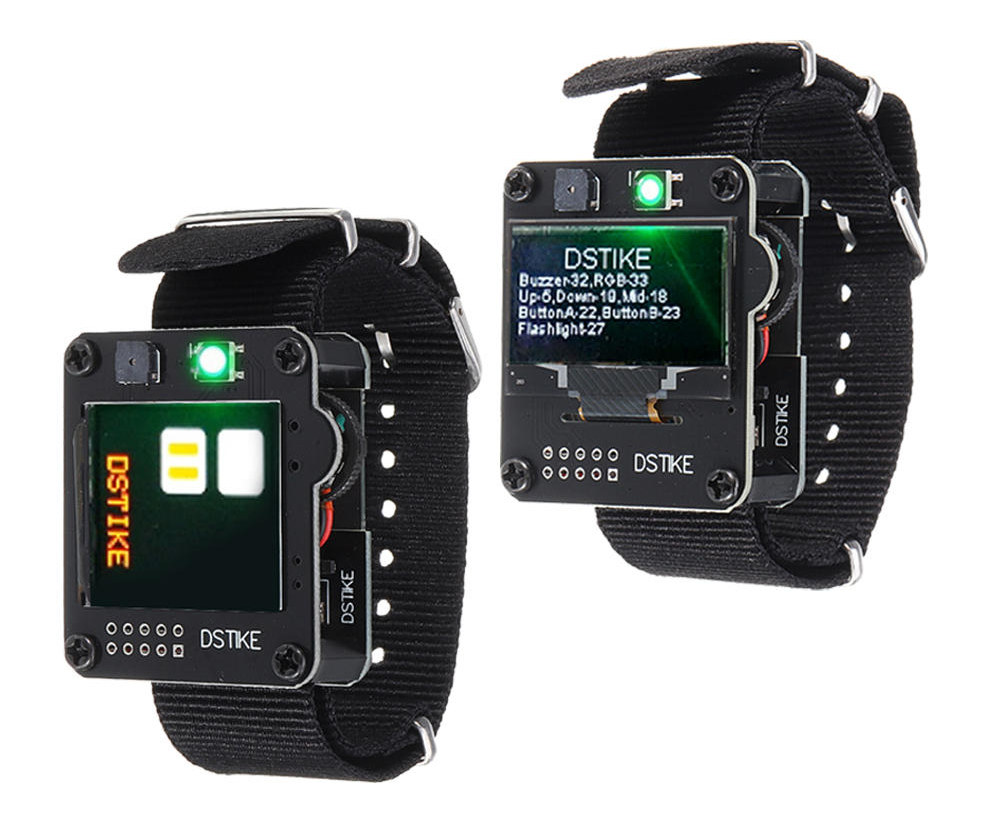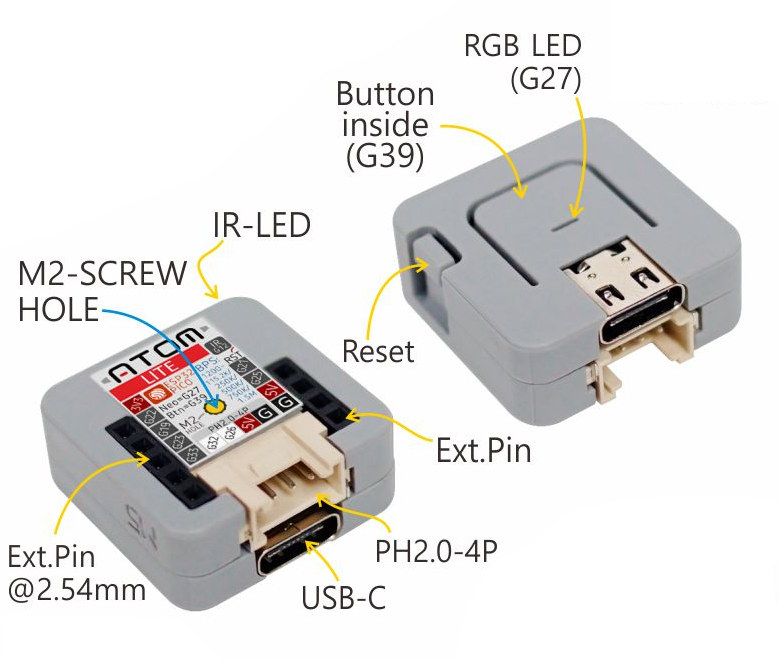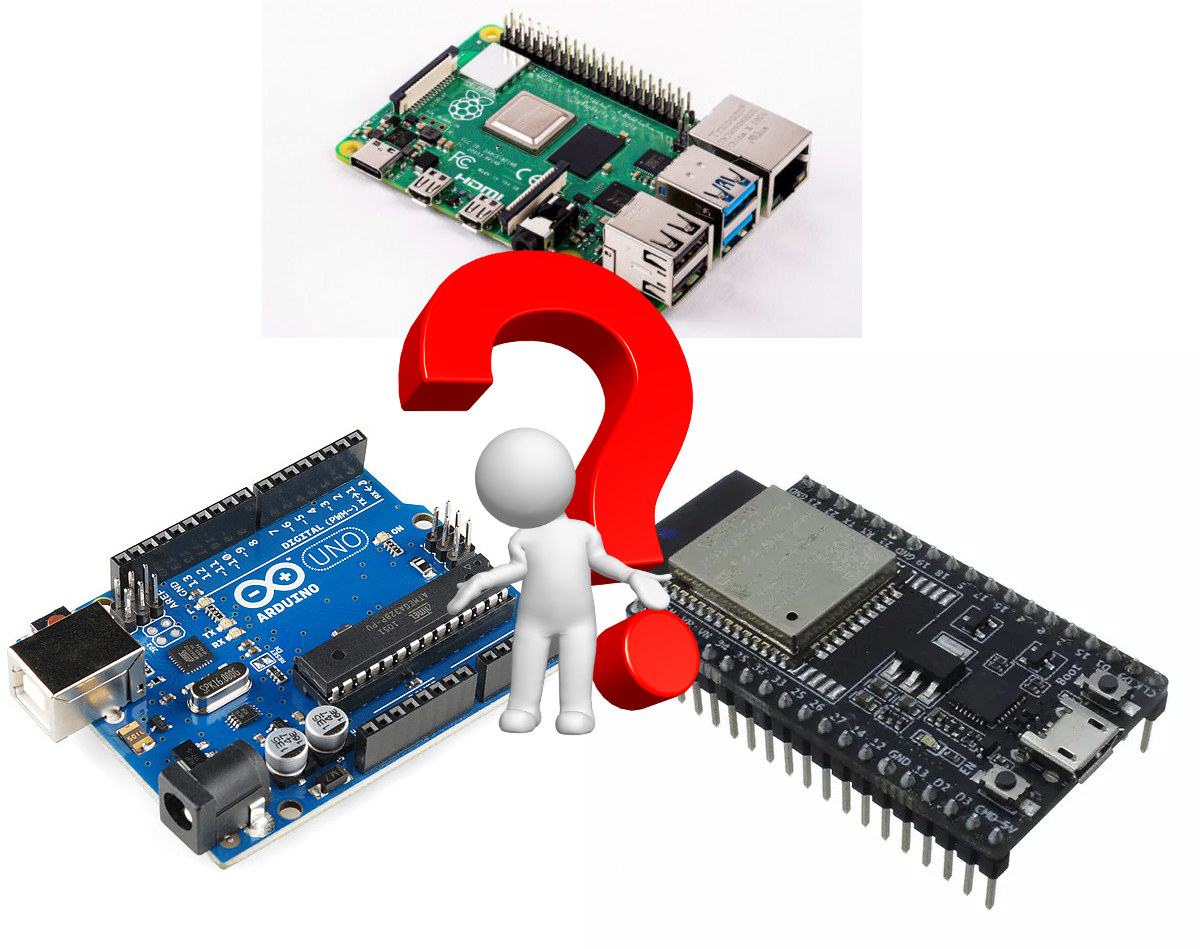Earlier this year, we noticed some RealTek RTK8720DN dual-band WiFi and Bluetooth 5.0 IoT modules, and quickly mentioned Ameba RTL8722DM development board available for under $50. If you found the price of the board a bit expensive for what it had to offer, the good news is that Ameba RTL8722DM Cortex-M33/M23 IoT development board is now selling for $23.90 on Seeed Studio or Good Display. Ameba RTL8722DM specifications: MCU ARMv8M Real-M300 Cortex-M33 compatible MCU @ 200MHz ARMv8M Real-M200 Cortex-M23 compatible MCU @ 20MHz Memory – 4.5MB embedded SRAM in SoC Storage – 2MB external flash Connectivity Dual-band 802.11 a/b/g/n 1×1 WiFi 4 (20/40MHz) Bluetooth 5 SIG Mesh networking Supports both central and peripheral modes Display – 8-bit LCD up to 645×645 resolution @ 30FPS or 6-bit LCD up to 527×527 resolution @ 60 FPS Audio Codec – ADC, DAC, I2S Security – Hardware cryptographic engine, Arm Trust-Zone, Secure boot, Wi-Fi […]
Lilygo TTGO T-Watch-2020 is a Nicer Looking Arduino Programmable ESP32 Watch
We’ve covered several ESP32 watches over the last year include TTGO T-Wristand, Watchy, and DSTIKE ESP32 watch. Those don’t really have the nicest looking design, and some people complained about various shortcomings including the difficulty to customize/program the watch. Last year, Lilygo introduced TTGO T-Watch smartwatch that, due to support for expansion boards, was relatively thick, but at least documentation and Arduino code samples can be found on Github. The company has now launched a slicker version with Lilygo TTGO T-Watch-2000. TTGO T-Watch-2020 specifications: SoC – Espressif ESP32 dual-core wireless processor with 520KB SRAM System Memory – 8MB PSRAM Storage – 16MB QSPI flash Display – 1.54-inch LCD capacitive touch screen Audio – Class-D amplifier, buzzer Connectivity – 802.11b/g/n WiFi 4 and Bluetooth 5.1 via ESP32 Sensors – BMA423 three-axis accelerometer with built-in step counting algorithm, activity recognition / tracking, advanced gesture recognition. Misc – Power button (round), PCF8563 RTC […]
Teensy 4.1 Board Gets Longer for Ethernet, MicroSD Slot, and More GPIOs
What comes after Teensy 4.0? Teensy 4.1. The new version of the Arduino compatible board is powered by the same NXP i.MX RT1062 Cortex-M7 crossover processor clocked at 600 MHz, but about doubling in length in order to add a 10/100 Mbit Ethernet PHY, a MicroSD card slot, and offer more I/Os. Teensy 4.1 also increases flash memory to 8 MB (vs 2 MB for Teensy 4.0), and the USB hot-plugging power management circuitry needed to plug a USB device via a USB host cable. Teensy 4.1 specifications: SoC – NXP i.MX RT1062 Arm Cortex-M7 processor at 600 MHz with 1024KB RAM (512KB is tightly coupled), Storage – 8 MB serial flash (64KB reserved for recovery & EEPROM emulation), MicroSD Socket, footprints for 2x extra QSPI chips such as flash or 8MB PSRAM chip USB – 1x micro USB port for power and programming Networking – 6-pin Ethernet header via […]
Sipeed MaixCube is a Fully Integrated AI Development Platform Powered by Kendryte K210 RISC-V SoC
Sipeed has made several boards and kits based on Kendryte K210 RISC-V processor for low-power AI workloads such as face detection or object recognition including Maixduino board and Grove AI HAT that ship with camera and display. The company has now come up with MaixCube all-in-one development platform that houses Sipeed M1 module, a display, a camera, and a battery into a plastic case that’s somewhat similar to MStack M5StickV but with a larger display, and variations in the form factor and features. Sipeed MaixCube specifications: SoC – Kendryte K210 dual-core 64-bit RISC-V processor @ 400 MHz (overclockable to 600 MHz) with FPU, 8MB SRAM, KPU AI accelerator, APU audio processor, and FFT accelerator Storage – 128 Mbit flash, MicroSD card slot Display – 1.3″ TFT screen with 240×240 resolution Camera – OV7740 sensor (VGA camera) Audio – Built-in microphone, external speakers support; ES8374 audio codec USB – 1x USB […]
Grove Beginner Kit for Arduino Features Arduino UNO Compatible Board & Ten Pre-wired Modules
Arduino boards are great to get started with electronics has they offer an ecosystem of expansion modules and libraries, as well as tutorials, that may it easy to get started with almost any projects. Seeed Studio Grove is a family of standardized modules with 4-pin headers using digital I/O, analog I/O, UART or I2C interfaces and allowing you to easily connect to compatible board such as Seeeduino Lotus board. You still need to connect the Grove module via cables, so Seeed Studio decided to create a big board called Grove Beginner Kit for Arduino that features Seeduino Lotus at the center and ten pre-wired and detachable Grove modules so no cabling is required to get started apart from a USB cable. List of Grove Beginner Kit for Arduino board and modules: Seeeduino Lotus ATmega320p board compatible with Arduino UNO compatible board and featuring 12 Grove connectors 10 pre-wired modules without […]
DSTIKE ESP32 Watch Development Board Comes with OLED or TFT Display
In recent months several Espressif ESP32 watches have started to show up including TTGO-T wristband and Watchy with an e-Ink display. This morning, I’ve come across another option with DSTIKE ESP32 watch development kit that offers a choice of black & white OLED display or color TFT display, and has apparently been around for about a year. DSTIKE ESP32 watch devkit specifications: SoC – ESP32 dual-core Tensilica LX6 processor with Wi-Fi 4 and Bluetooth 5.0/5.1 connectivity Storage – MicroSD card Display (one or the other) 1.3 OLED I2C display (SH1106) TFT color display with 240 x 240 resolution (I2C + 2 I/O) Expansion – 10-pin header with TX/RX, GPIO 17 & 16 (I2C), SVP/SVN, GPIO 25 & 26 (DAC), GND, and 3V Misc – Power switch, navigation buttons, reset & flash buttons, buzzer, WS2812b RGB LED, “highlight LED” (backlight LED maybe), charging status LED Battery – 600 mAh battery Dimensions […]
M5Stack ATOM is a Compact, Fully Integrated ESP32 Development Kit
When working on a project you may need an MCU or MCU board, an external display, a breadboard, and other accessories like sensors and jumper cables. It does the job, but it can be messy. Recently, we wrote about M5Stack M5StickV AI camera, but the company is better known for its ESP32 IoT development kits enabling neater project thanks to hardware that integrates MCU, I/O headers, display, and sensors into an enclosure. Their latest offerings are ATOM series toolkits that come in two versions: ATOM Lite and ATOM Matrix. Let’s have a look at both. M5Stack ATOM Lite Specifications: SiP – ESP32-PICO-D4 system-in-package with ESP32 dual-core processor with WiFi 4 and Bluetooth 5.0/5.1 Storage – 4 MB flash Crystal oscillator and passive components USB – 1x USB Type-C port Expansion 9-pin header with 6 GPIOs compatible with jumper cables 4-pin PH2.0 connector with 2x GPIO, 5V and GND Misc – […]
Know the Differences between Raspberry Pi, Arduino, and ESP8266/ESP32
CNXSoft: This is a guest post written in collaboration with SurfShark. When it comes to choosing a platform for STEM education or hobbyist projects, there are a number of low-cost, compact maker boards on the market. The most popular include the kid-friendly Raspberry Pi SBC that was designed with children in mind, Arduino boards for electronics projects, and more recently boards and modules based on EspressifESP8266 and ESP32 wireless SoC’s. In this post, we’ll look at the use cases and strong points for each of the boards whether you are just dabbling in the hobby of coding and DIY electronics, or you have a commercial project. Raspberry Pi The Raspberry Pi is a lineup of single-board computers (SBCs) that are from the UK and were first introduced in February 2012. These small computers were initially designed to teach students the basics of computer science, but they’ve found their way into […]


